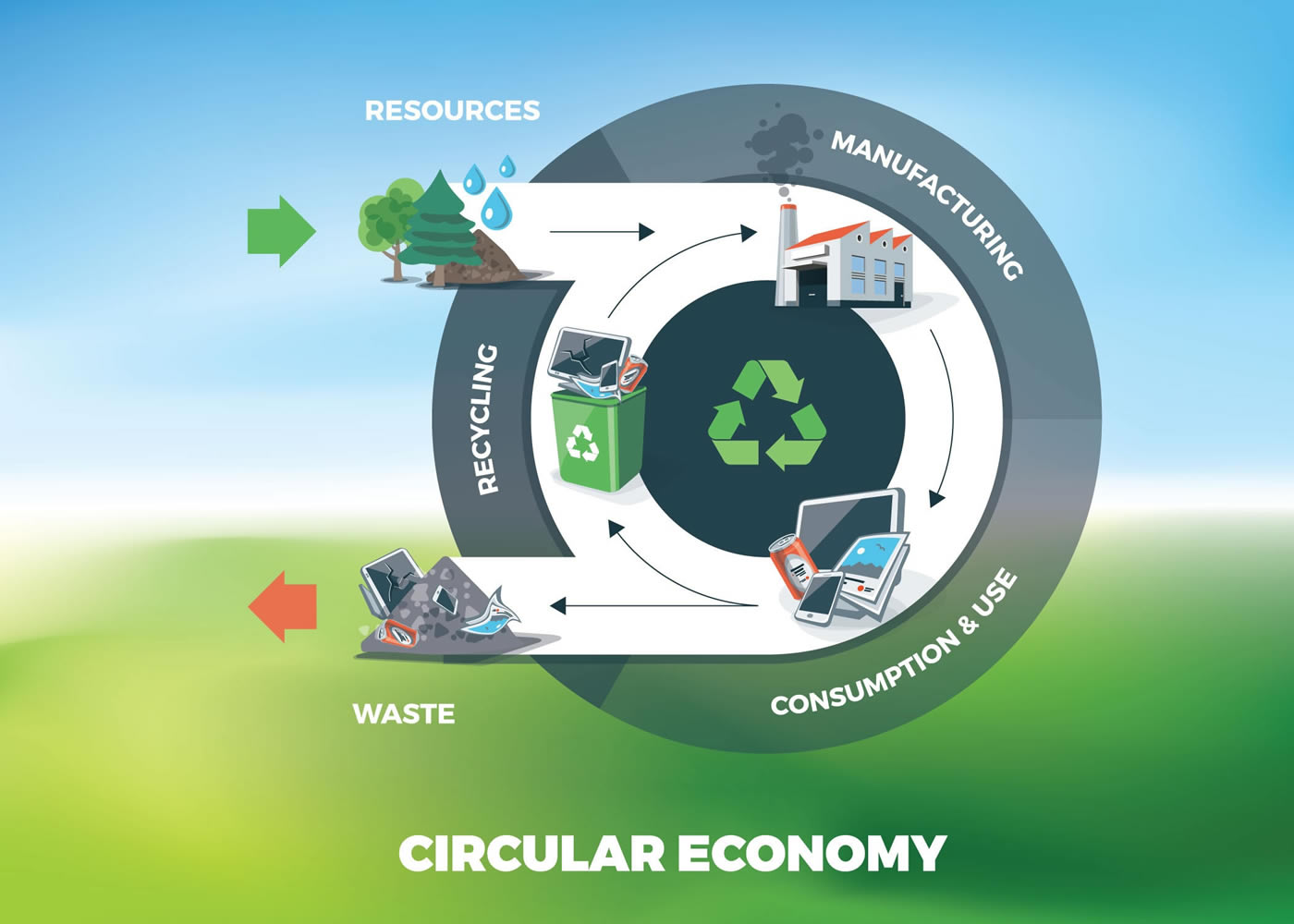Introducing Circular Economy Ideas to the Real World

The circular economy model works by finding value in used byproducts and redistributing risk, and is designed to mirror the natural cycles of our ecosystem by dramatically reducing waste and pollution. The Ellen MacArthur Foundation calls it "restorative and regenerative by design."
The concept may seem unfamiliar, but most companies are already thinking about ways to limit waste in their operations. Indeed, looking for opportunities to reduce waste and reuse it wherever possible to save money is a commonsense first step to the circular economy. Although different industries will have different approaches, smart companies all focus on the bottom line and therefore understand the value in reducing waste costs.
One company we're familiar with is putting these ideas into action in the paint industry. We collaborate with them to supply them with the solvent they need, which we generate by reclaiming two chemicals from the waste stream of a pharmaceutical client. If these chemicals weren't reclaimed by Veolia, they would have been wasted. And when a paint company purchases a virgin solvent from a business like Veolia, they're participating in the circular economy.
For companies like this, a circular economy solution reduces waste and generates value while reducing the risk and liability of product disposal. It's a commonsense approach tailored to the needs of that industry.
For those of you who are looking to initiate circular economy thinking in your own operations, what are some of the challenges you're facing? What are some of the waste streams you're producing that you think might provide an input for another business?
To discuss these questions, and to review different approaches for different industries, join Veolia on July 13 for the NAEM webinar, "Bringing Circular Economy Concepts to the Real World."
About the Author
Bob Cappadona
Bob Cappadona currently serves as the Senior Vice President of Operations for Veolia, where he has held many positions and worked with regulatory affairs, environmental health and safety and service and operations in the hazardous and regulated waste business. Prior to joining Veolia, Bob worked in Environmental Health and Safety for General Electric.
